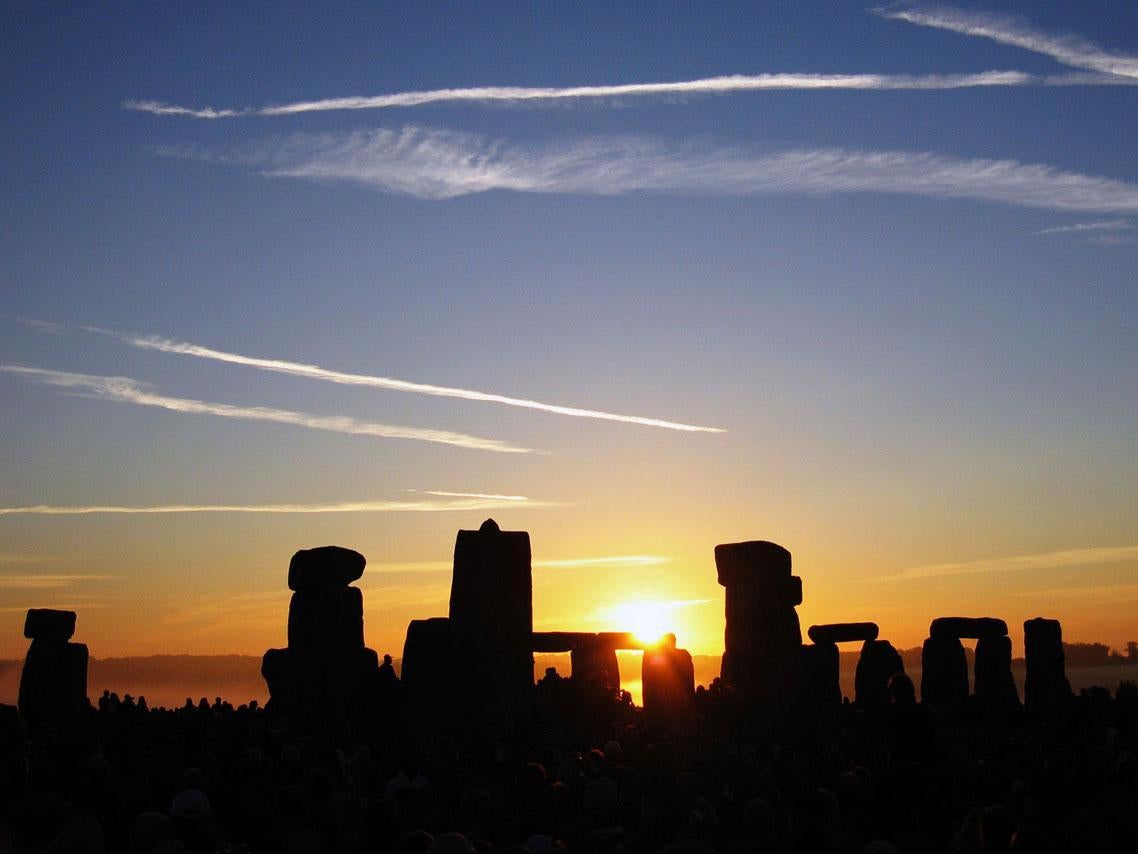Spring Equinox 2017: What is Ostara, when do the clocks go forward?
All you need to know about today's traditions

Your support helps us to tell the story
From reproductive rights to climate change to Big Tech, The Independent is on the ground when the story is developing. Whether it's investigating the financials of Elon Musk's pro-Trump PAC or producing our latest documentary, 'The A Word', which shines a light on the American women fighting for reproductive rights, we know how important it is to parse out the facts from the messaging.
At such a critical moment in US history, we need reporters on the ground. Your donation allows us to keep sending journalists to speak to both sides of the story.
The Independent is trusted by Americans across the entire political spectrum. And unlike many other quality news outlets, we choose not to lock Americans out of our reporting and analysis with paywalls. We believe quality journalism should be available to everyone, paid for by those who can afford it.
Your support makes all the difference.Today marks the first day of spring in the Northern Hemisphere, and is marked by the equinox.
Online, the event has been marked with a Google Doodle.
The spring equinox is significant because after a long and dark winter, the hours of day and night are equal for the first time this year – about 12 hours each.
And as with each change in the season, there are rituals and traditions which accompany it.
Read on for The Independent’s guide to the Spring equinox.
What is Ostara?
Ostara is the name given by Pagans and Wiccans to the spring equinox and is one of the eight ‘sabbats’ – periods they believe make up the year.
Some observers believe the event is a revival of ancient celebrations of spring, which merged into Easter after the spread of Christianity in the British Isles.
Modern observers often see in Ostara at Stonehenge, in a similar fashion to the summer and winter solstices.
When is daylight savings?
In the UK the clocks will ‘spring forward’ on Sunday, 26 March at 1am.
Can you balance an egg?
This unusual question stems from the urban myth that it is possible to stand an egg on its end during the first day of spring. Proponents say this is because of a unique gravitational pull which occurs at this time of year.
But this is untrue. There is no change to the Earth’s gravitational pull during the spring equinox – or any other day. It is possible to balance an egg on its end, but, with the right know how, this is possible any time of the year.
What happens on the vernal equinox?
The vernal equinox is the astrological name for the spring equinox. It marks the moment the sun crosses the equator from south to north. It occurred at 10.29 GMT.
What is the solstice?
The equinox differs from the solstices, which occur twice yearly to mark the sun’s most northern or southern position relative to the equator.
This year, the summer solstice falls on Wednesday, 21 June, while the winter solstice is on Thursday, 21 December.
Join our commenting forum
Join thought-provoking conversations, follow other Independent readers and see their replies
Comments